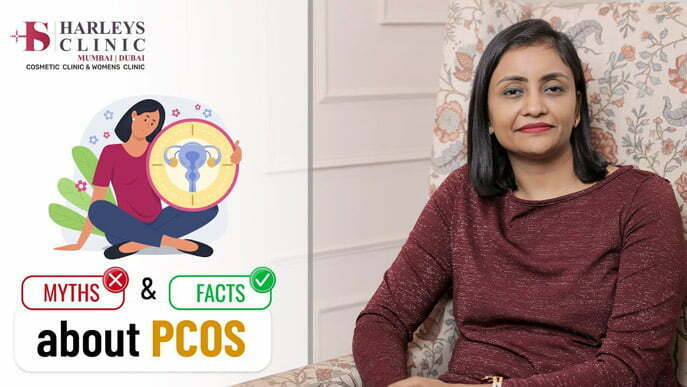Polycystic Ovary Syndrome (PCOS) is a common health condition that affects women of reproductive age, and it’s characterized by hormonal imbalances and metabolism problems that can impact overall health and appearance. Despite its prevalence, affecting 1 in 10 women of childbearing age, PCOS is often misunderstood. This blog aims to demystify PCOS, shedding light on its symptoms, causes, and available treatments, empowering women with the knowledge they need to navigate this condition.
Understanding PCOS
PCOS is a syndrome, meaning it is identified by a group of symptoms that occur together, not a single symptom or test result. These symptoms and signs are related to hormonal imbalances, including the overproduction of androgens (male hormones that females also produce) and insulin resistance. These imbalances can lead to a variety of symptoms and increase the risk of other health problems, including diabetes and heart disease.
Symptoms of PCOS
The symptoms of PCOS can vary significantly from one woman to another, which is one of the reasons why diagnosing the condition can be challenging. Common symptoms include:
Irregular Menstrual Cycles: This is one of the most common signs. You might have fewer than nine periods a year, more than 35 days between periods, and abnormally heavy periods.
Excess Androgen: Elevated levels of male hormones may result in physical signs such as facial and body hair (hirsutism), severe acne, and male pattern baldness.
Polycystic Ovaries: Your ovaries might be enlarged and contain follicles that surround the eggs. As a result, the ovaries might fail to function regularly.
Causes of PCOS
The exact cause of PCOS is unknown, but several factors are thought to play a role:
Genetics: PCOS often runs in families, suggesting a genetic predisposition.
Insulin Resistance: About 70% of women with PCOS have insulin resistance, meaning their cells can’t use insulin effectively. Insulin resistance increases the production of androgens, which can disrupt ovulation.
Inflammation: Women with PCOS often have increased levels of inflammation in their body, which has been linked to higher androgen levels.
Diagnosing PCOS
Diagnosing PCOS involves a combination of physical exams, medical history, blood tests to measure hormone levels, and possibly an ultrasound to look at the ovaries. The Rotterdam criteria are commonly used, which require two of the following three criteria to be met: irregular menstrual cycles, excess androgen levels (either through blood tests or physical symptoms), and polycystic ovaries visible on ultrasound.
Treatment Options
While there is no cure for PCOS, managing symptoms is possible, and treatments can offer relief. Treatment options vary based on the individual’s symptoms and whether they are trying to conceive.
Lifestyle Changes: Diet and exercise are crucial. Many women with PCOS are insulin resistant, so eating a balanced diet low in refined carbohydrates and exercising regularly can help manage insulin levels and reduce symptoms.
Medications: For those not trying to conceive, birth control pills can regulate menstrual cycles and reduce androgen levels. For those trying to conceive, fertility medications may be an option. Metformin, used to treat type 2 diabetes, can also help manage insulin resistance in PCOS.
Hair Removal Treatments: For excessive hair growth, treatments include laser hair removal and topical creams.
PCOS and Mental Health
It’s important to acknowledge the emotional and mental health challenges that can accompany PCOS. The physical symptoms of PCOS, along with fertility issues, can affect self-esteem, body image, and mental wellbeing. Support groups, counselling, and therapy can be beneficial.
Conclusion
Understanding PCOS is crucial for early diagnosis and treatment, which can reduce the risk of long-term health issues. If you suspect you have PCOS, consult with a healthcare provider to discuss your symptoms and explore your options. Remember, you’re not alone; support is available, and with the right approach, managing PCOS is entirely possible. Empower yourself with knowledge and take proactive steps towards your health and wellbeing.


